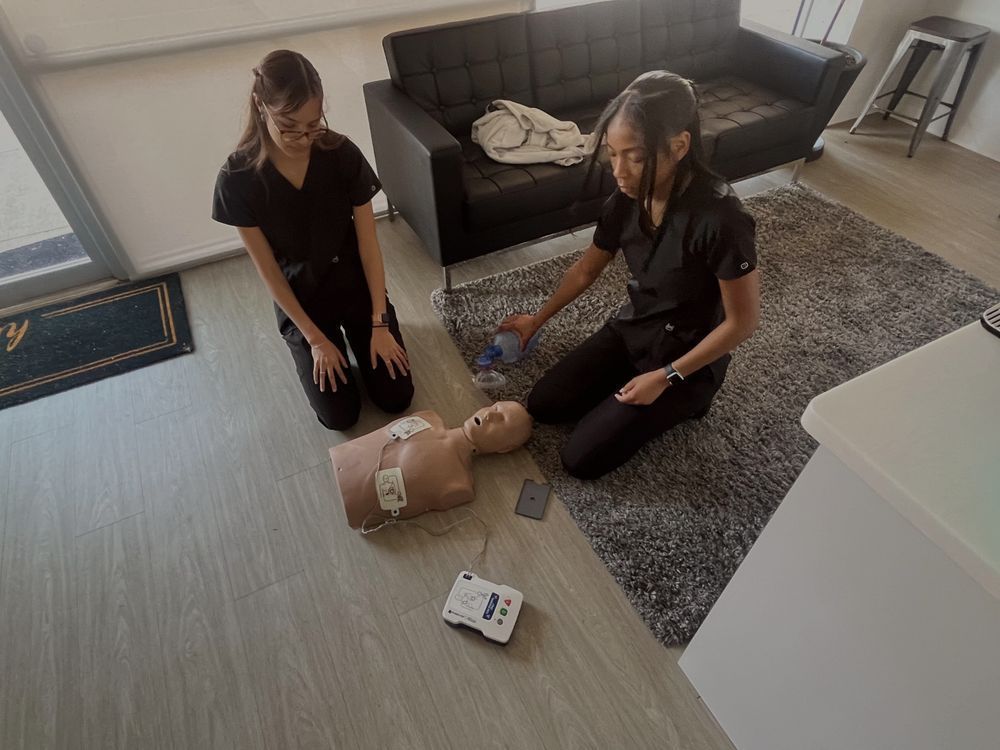Medical Office Assistant vs. Medical Assistant What’s the Difference
Medical Office Assistant vs. Medical Assistant: What’s the Difference?
In the ever-growing healthcare industry, support roles are just as vital as those of doctors and nurses. Among the most commonly confused positions are Medical Office Assistants (MOAs) and Medical Assistants (MAs). While their titles may sound similar, their day-to-day responsibilities, skill sets, and training requirements are distinctly different. Understanding these differences can help aspiring healthcare professionals choose a path that aligns with their interests and career goals.
In this article, we’ll break down what sets these roles apart—from core responsibilities and educational requirements to job environments and advancement opportunities. Whether you’re deciding which career to pursue or simply curious about healthcare team dynamics, this comprehensive guide will clarify the differences between a Medical Office Assistant and a Medical Assistant.
Job Duties: Administrative vs. Clinical
Medical Office Assistant Responsibilities
Medical Office Assistants primarily focus on administrative and clerical tasks that keep medical practices running smoothly. Their responsibilities often include:
Greeting patients and checking them in
Scheduling appointments and managing calendars
Answering phones and directing calls
Processing insurance claims and billing
Maintaining and organizing medical records
In essence, MOAs function as the front-office support system for medical facilities. Their work ensures patient flow is smooth and providers have the necessary information and time to deliver care.
Medical Assistant Responsibilities
In contrast, Medical Assistants are cross-trained to perform both administrative and clinical duties. While they may handle some front-desk responsibilities, they also work directly with patients. Their clinical tasks include:
Taking vital signs and recording patient histories
Preparing patients for exams
Assisting with minor procedures
Collecting lab specimens or administering injections (in some states)
Performing basic lab tests and sterilizing equipment
This combination of patient care and administrative support makes MAs an integral part of any healthcare team.
Work Settings: Front Office vs. Clinical Floor
Where Medical Office Assistants Work
MOAs are most commonly found in:
Physician’s offices
Outpatient clinics
Dental offices
Chiropractic practices
Hospitals (especially in administrative departments)
Their work is usually confined to the front office or administrative side of healthcare operations, dealing primarily with paperwork and patient interactions before or after clinical care.
Where Medical Assistants Work
MAs typically work in more hands-on environments such as:
Family practices and internal medicine clinics Urgent care centers
Outpatient facilities
Specialty clinics (e.g., pediatrics, cardiology, dermatology)
They often move between front desk duties and exam rooms, offering flexibility and diversity in daily tasks. Some may even specialize further into clinical or administrative tracks as they gain experience.
Skills Needed: Customer Service vs. Clinical Competence
Essential Skills for Medical Office Assistants
Because MOAs are often the first point of contact for patients, they must demonstrate:
Strong interpersonal and communication skills
Attention to detail for managing records and billing
Proficiency in medical software and scheduling tools
Professionalism and empathy
Organizational abilities
The emphasis is on creating a smooth, friendly, and efficient patient experience, while also supporting providers behind the scenes.
Essential Skills for Medical Assistants
MAs need a broader skill set that spans both technical and soft skills, including:
Clinical skills like taking vitals and administering injections
Knowledge of medical terminology and procedures
Ability to handle patient questions and fears
Time management and multitasking
Communication with both patients and medical staff
Since they operate in both the front and back office, MAs must be adaptable, fast learners, and compassionate caregivers.
Advancement Opportunities
Career Paths for Medical Office Assistants
MOAs may transition into roles such as:
Office manager
Medical billing specialist Health information technician
Patient coordinator
With additional education, some may move into healthcare administration or earn credentials in coding and billing to increase their marketability.
Career Paths for Medical Assistants
MAs have even more opportunities for advancement, particularly within clinical care. Potential career moves include:
Licensed Practical Nurse (LPN) or Registered Nurse (RN) with further education
Clinical supervisor or practice manager
Specialty Medical Assistant (e.g., cardiology, dermatology)
Health educator or care coordinator
The hands-on experience gained in MA roles can serve as a strong stepping stone to more advanced clinical positions.
Which Role Is Right for You?
Choosing between a Medical Office Assistant and a Medical Assistant comes down to your career goals and comfort level with clinical tasks.
If you’re drawn to healthcare but prefer administrative responsibilities and less direct patient interaction, MOA may be the better fit.
If you’re eager to work with patients and assist in clinical procedures, MA offers a more dynamic and hands-on environment.
Both roles are essential to the healthcare system and offer meaningful work that supports patients and providers alike. However, for those who want more direct engagement in care delivery, greater flexibility in daily duties, and broader career mobility, Medical Assisting may be the more fulfilling long-term path.
Ready to start your career in healthcare?
While Medical Office Assistants and Medical Assistants share overlapping responsibilities, their core functions and training requirements make them distinct roles within the healthcare ecosystem. MOAs focus on administrative excellence, ensuring smooth patient flow and accurate records. MAs, on the other hand, balance clerical duties with clinical care, providing hands-on support to both patients and providers.
If your goal is to start making a real impact in patient care in less than a year, then Medical Assistant training might be your calling. With the right program, you can build skills that are in demand nationwide—and position yourself for a rewarding, flexible healthcare career.
Pulse Medical Assistant School offers a fast, flexible way to enter the medical field. Our online-first, 16-week medical assistant program combines the convenience of virtual learning with intensive, in-person labs that prepare you for the real-world challenges of patient care. Whether you’re new to healthcare or making a career change, Pulse gives you the confidence and experience to help real patients receive real care.
Start your journey with Pulse Medical Assistant School today.
You're only a few months from the medical assistant career you deserve.
